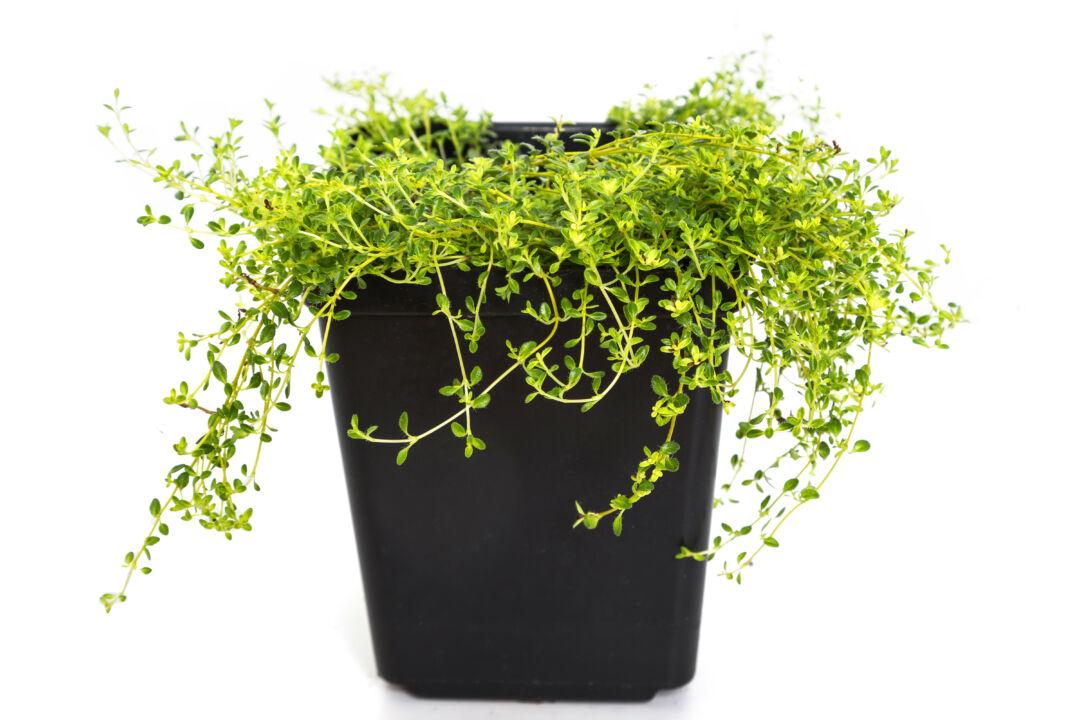By Melinda Myers
From Star Tribune (Minneapolis)
Keep enjoying your homegrown herbs all year round. Harvest throughout the growing season and include them in garden-fresh meals. Then preserve a few for the winter ahead.

Keep enjoying your homegrown herbs all year round. Harvest throughout the growing season and include them in garden-fresh meals. Then preserve a few for the winter ahead.